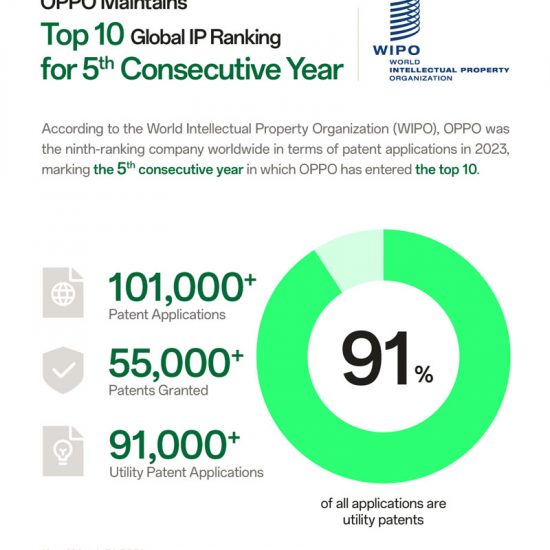|By Arabian Post Staff| GCC sovereign debt issuance is expected to reach US$53 billion in 2018, surpassing last year’s US$49.5 billion, according to Fisch Asset Management, a Zurich-based asset manager.
“GCC sovereign debt issuance has had another strong first half, with the two multi-tranche sovereign bond transactions of Saudi Arabia and Qatar leading issuance of over US$30 billion in the hard currency market,” Fisch Asset Management said in a report. “The Zurich-based asset manager believes that full-year issuance could surpass last year’s levels.”
Saudi Arabia, which has issued $11 billion worth of debts in the first half of the year, is expected to issue $5 billion worth of debts by the end of the year. Qatar has already issued $12 billion worth of debt while Oman is expected to add $1 billion to the already issued $6.5 billion this year. During the second half, Kuwait is expected to issue $8 billion while Abu Dhabi might issue $5 billion, followed by Bahrain with $3 billion and Dubai with $1.5 billion.
Philipp Good, CEO at Fisch Asset Management, said, “This robust performance by the GCC primary markets stands out as particularly strong when compared to the broader emerging market trend, where aggregate issuance is lagging significantly behind 2017 levels. The emerging market segment has faced considerable headwinds this year, which have included higher US interest rates, weaker local currencies, and intensified threats to free trade. These factors, among many, have negatively impacted the performance of external debt products. These negative returns have, in turn, impaired inflows. Nonetheless, we do expect performance and inflows across emerging markets to improve meaningfully in the second half of the year, and we expect the GCC to continue issuing at a brisk pace.”
Fisch noted the potential inclusion of the GCC region in the JP Morgan EMBI Index, with official phase-in expected to commence in early 2019, to be particularly relevant. The contemplated combined index weighting for the region may be more than 12 percent, as compared with the current allocation of 0 percent.
Good continued: “To put the significance of this potential weighting into context, the combined weighting of index heavyweights China, Russia, and Brazil is currently just over 11 percent. This index inclusion will have a very positive impact on the investment demand dynamic for the GCC, as index-based funds will allocate more capital to the region – a process that has already begun, as confirmed by the recent positive price action of the GCC’s sovereign bonds.”
Fisch believes that Kuwait is likely to contribute meaningfully to the remaining issuance total in 2018. Although such issuances are not catalyzed by raised regional debt ceilings alone, improved oil prices are set to play a critical role in the demand and supply dynamic for Kuwait and the wider GCC, having a direct impact on multiple budgetary factors across the region, as well as driving positive investor sentiment.
In addition to Kuwait, Saudi Arabia may also consider returning to the market. The Kingdom already came to the market with a jumbo-sized transaction, as did Qatar. Fisch believes that the Saudi sovereign may opportunistically tap the markets again in the second half, while Qatar is less likely to return. On that basis, GCC sovereign issuance for the remainder of the year is likely to be dominated by Kuwait, Saudi Arabia and possibly the UAE.
While the GCC region has, in the past, traded at a tighter credit spread relative to other emerging market peers, the sharp correction in oil prices in 2015 has reversed that relationship, with the GCC region trading with a higher risk premium versus the broader peer group. Fisch views current trading levels as attractive, particularly so given the recovery in energy prices.
Good concluded: “Looking at the emerging market asset class in the context of the broader markets, we believe that the asset class deserves a higher portfolio allocation than it currently enjoys. A combination of predominantly robust fundamentals, along with much more compelling valuation characteristics, mean that emerging markets will offer plenty of attractive opportunities as 2018 progresses. We expect each region in the emerging market space to offer a unique set of risks and opportunities. In many ways, it can be argued that the risk-reward dynamic is particularly compelling for the GCC region.”
Also published on Medium.







